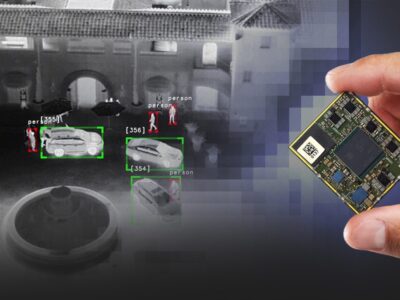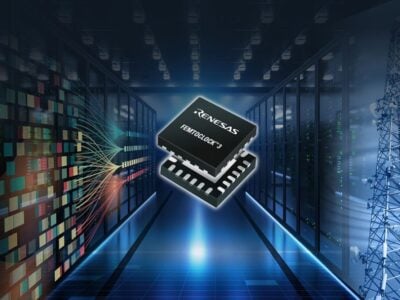
NVMe memory controllers aid transition to faster SSDs at enterprise level
The controllers are intended to support the transition from SATA-based storage to PCIe-based architectures – NVM express, or NVMe – in bulk-data-storage scenarios. SATA, Microsemi observes, was never designed for use with flash memory and although dominant in data-centre SSD applications at present, Microsemi expects to see a rapid transition to NVMe architectures. The controllers will offer an order of magnitude increase in access speeds over today’s norms, the company adds.
The devices promise ‘robust’ performance in the NVMe controller space, with high firmware reusability minimizing engineering expense. This generation of controllers is aimed at enterprise level applications and therefore “focuses on enterprise issues”. Memory capacities range up to 14.2 TB per controller, all aspects of the memory interfacing are programmable and the chips support, “all known NAND flash types” – including quad-level-cell NAND, when available. Delivered in a 17 x 17mm package, the new line of controllers supports all popular form factors including M.2, U.2 and half-height half-length (HHHL) add-in cards.
Microsemi cites market research firm IDC’s report titled, “Worldwide Solid State Drive Forecast, 2017-2021,” which comments that the industry continues to transition rapidly toward PCIe-based SSDs, are estimated to be more than 50% of enterprise SSD revenue by 2021. A major driver of this growth stems from NVMe SSDs displacing serial advanced technology attachment (SATA) SSDs as price points of NVMe SSDs narrow toward comparable SATA SSDs.
Microsemi adds that, “The Flashtec NVMe2108 controllers offer a mature architecture with optimized power and cost for mainstream applications, while preserving enterprise features including dual-port, Separate Reference Clock with Independent Spread (SRIS) and end-to-end data protection. They also provide a programmable architecture enabling SSD product differentiation through firmware customizations. Their adaptive low-density parity-check code (LDPC) enables support for current and future generations of Toggle and Open NAND Flash Interface (ONFI), including multi-level cell (MLC) and (triple level cell) TLC, as well as QLC in future product developments. The NVMe2108HC and NVMe2108LC variants support different capacity points to align with specific industry needs.”
Microsemi; www.microsemi.com/products/storage/flashtec-nvme-controllers/flashtec-nvme-controllers
 If you enjoyed this article, you will like the following ones: don't miss them by subscribing to :
eeNews on Google News
If you enjoyed this article, you will like the following ones: don't miss them by subscribing to :
eeNews on Google News




